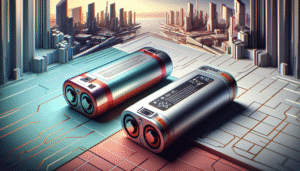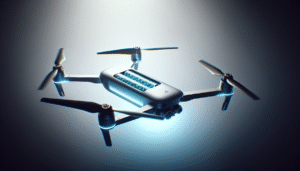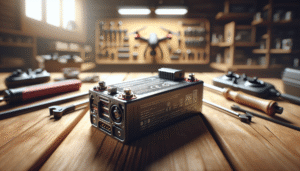How do drones manage to fly long distances or operate beyond visual line of sight (BVLOS)? It’s a fascinating subject that merges the science of aerodynamics with cutting-edge technology, serving as a testament to human ingenuity. I’ve always found the mechanics of drone flights captivating, particularly how power systems are optimized for extended operations. In this discussion, I hope to unravel some of the complexities of power systems for drones, with a friendly touch, as we explore this fascinating realm.
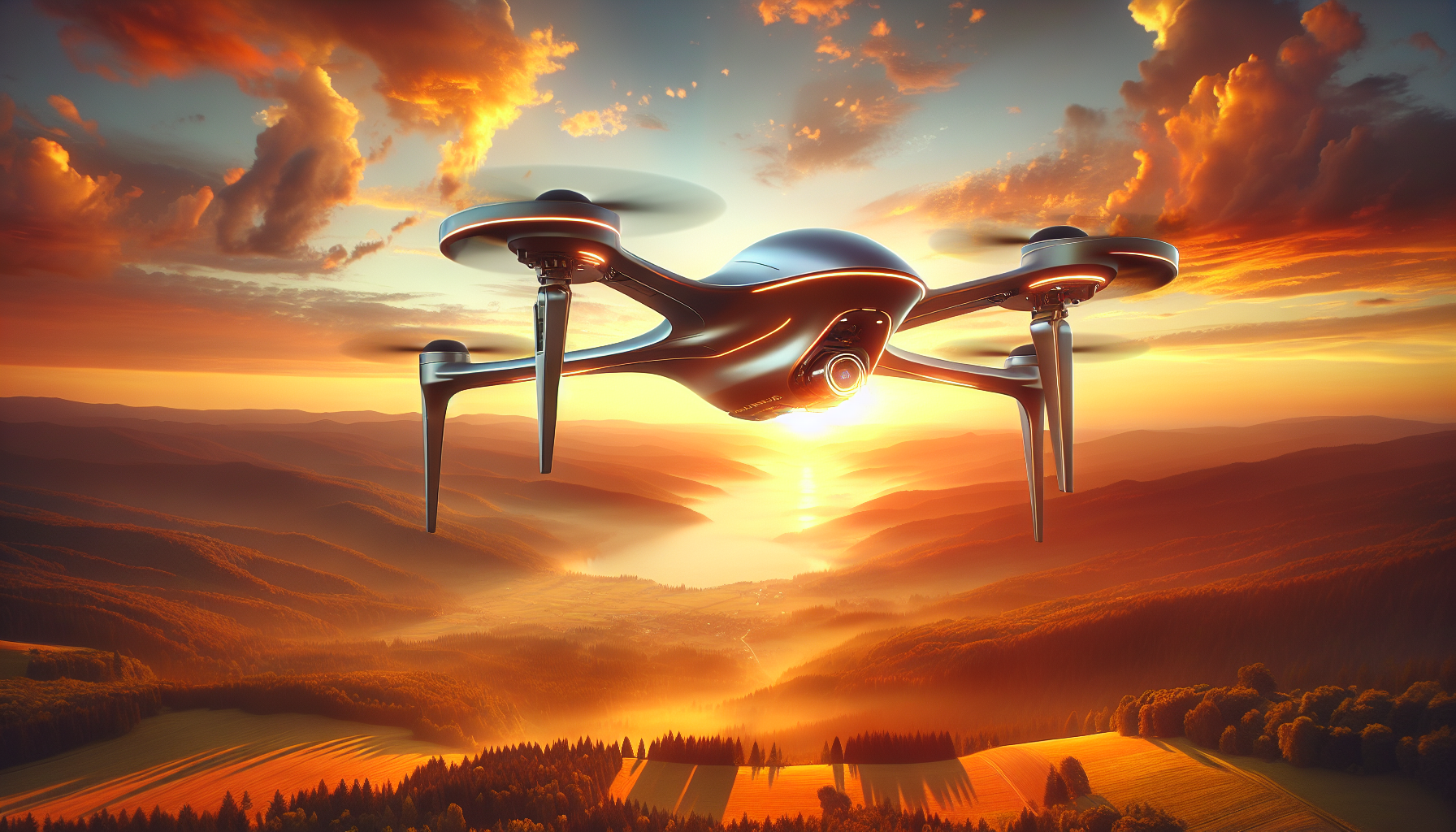
The Challenges of Long-Range and BVLOS Drone Flights
Drones are not just toys or tools; they hold immense potential for revolutionizing various industries. However, when it comes to long-range and BVLOS operations, it’s not all smooth sailing. These flights present unique challenges that require careful consideration and ingenious solutions.
Navigational and Regulatory Challenges
One significant issue is navigation. Drones flying beyond our line of sight often rely on sophisticated systems to help them understand their positioning. Think GPS, inertial measurement units, and sometimes even star maps. The skies are a vast place, and losing track could mean the difference between a successful flight and a lost drone.
Regulatory requirements further complicate matters. In many regions, there are stringent rules about how and where BVLOS flights can occur. Obtaining permissions, ensuring compliance, and managing risks related to privacy and air safety are critical parts of the preparation and operation process.
Battery Weight and Energy Density
Have you ever picked up a drone battery and marveled at its heft? It’s not just you. Batteries are notoriously heavy, and the irony isn’t lost on anyone that a device designed to soar must carry such weight. The energy density of these power sources is a pivotal factor in determining the range and duration of a drone’s flight.
The balance between battery weight and energy capacity is delicate. Too heavy, and the drone may struggle to lift off; too light, and it won’t reach its destination. How do engineers strike this fine balance? Part of the answer lies in optimizing power systems.
Optimizing Power Systems for Efficiency
Once the challenges are laid out, the task of optimizing power systems begins. The goal is simple: increase efficiency as much as possible without compromising the capabilities of the drone.
Power Source Selection
One of the first steps is selecting the right power source. Common options include lithium polymer (LiPo) and lithium-ion (Li-ion) batteries. Each has distinct advantages and trade-offs.
| Battery Type | Advantages | Disadvantages |
|---|---|---|
| LiPo | High discharge rates, lightweight | Shorter lifespan, requires careful handling |
| Li-ion | Longer lifespan, stable energy output | Heavier, generally lower discharge rates |
For long-range flights, the choice might lean towards Li-ion batteries due to their higher energy efficiency and longevity, even if they add more weight compared to LiPo batteries, which are typically favored for short, nimble flights.
Advanced Battery Technologies
Emerging battery technologies might soon redefine drone flights altogether. Solid-state batteries, for example, promise even higher energy densities with lower weights and increased safety. These advancements could well be the future of drone power systems, enabling even greater efficiencies.
Hybrid Systems and Fuel Cells
Interestingly, some drones are now exploring hybrid systems, integrating fuel cells with traditional batteries. Fuel cells can offer significantly longer flight times, as they generate electricity through a chemical reaction rather than storing it.
Hydrogen-powered drones are an exciting frontier, using fuel cells with hydrogen gas to extend flying duration. While still a niche technology, the promise of several hours in the air is captivating for applications such as package deliveries or surveying expansive agricultural lands.
Efficient Energy Management Systems
Optimization also involves enhancing how the energy stored in these batteries is used. Advanced energy management systems meticulously oversee power consumption, regulating everything from flight controls to payload operation.
By ensuring that only essential energy is used, these systems help maximize flight duration. Think of it as having a meticulous accountant on board ensuring every unit of power is utilized economically.
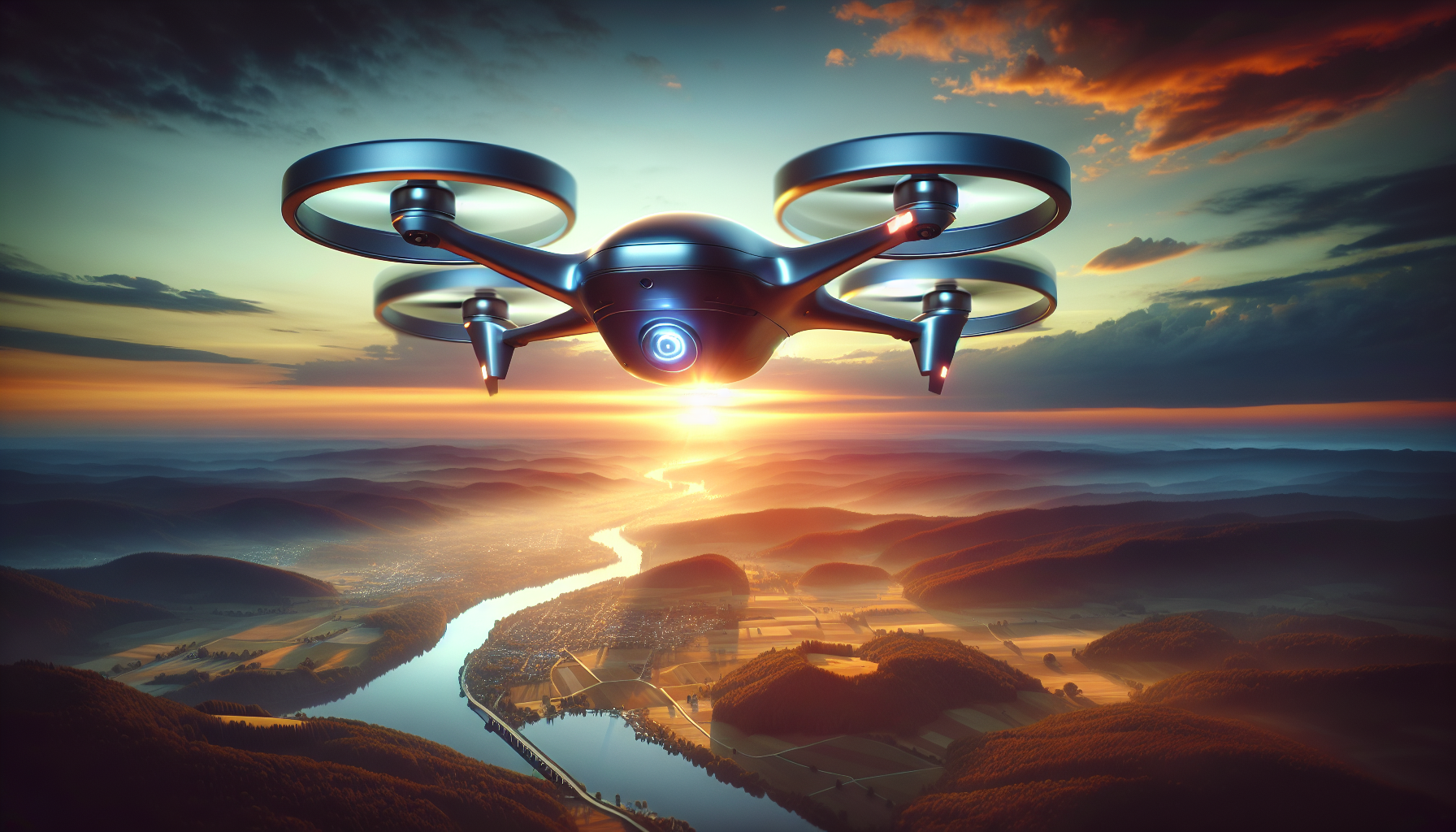
Extending Flight Range and Duration
Maximizing flight range and duration requires innovation not only in power sources but also in other aspects of drone design and operation.
Aerodynamic Design
Remembering those science classes about reducing drag and improving lift can be hugely beneficial here. With drones, every curve, every angle matters. The more aerodynamic a drone is, the lower the energy consumption, translating to longer flights.
Envision a dart slicing through the air; drones similarly aim to reduce resistance while maintaining stability, often employing sleek designs and lightweight materials to enhance performance.
Load Management
It may seem obvious, but managing the load carried by drones is crucial. Every ounce counts—not just of the payload but also onboard components. Streamlining these aspects allows more power to be allocated to propulsion and keeps the drone airborne longer.
Smart Routing and Predictive Optimization
Technology isn’t just about the hardware; software plays a finishing role. Advanced algorithms now chart efficient routes, predict weather patterns, and dynamically adjust in-flight strategies to conserve energy.
Smart routing can avoid battery-draining detours, while predictive optimizations contribute to better energy use and improved safety.
Applications of Long-Range and BVLOS Drones
Understanding the technology behind these drones begs the question: Why go through all this trouble? The applications of long-range and BVLOS flights are vast and mind-boggling.
Delivery Services
In remote or hard-to-reach areas, drones are proving to be ideal for delivery services. Imagine medical supplies reaching remote clinics or light packages delivered swiftly and safely to isolated regions.
Agriculture and Land Surveying
Farmers have embraced drones for monitoring crop health, irrigation needs, and pest activity over large expanses. Similarly, land surveying teams use drones to access challenging terrains, ensuring accurate and comprehensive data collection.
Environmental Monitoring
From tracking wildlife populations to monitoring reforestation efforts and assessing ocean health, drones are key tools in conservation and environmental efforts.
Emergency Response
In disaster scenarios, drones can quickly assess damage, locate survivors, and deliver critical supplies. Their ability to access places humans can’t easily reach improves response times and saves lives.
Future Outlook and Innovations
The future of drone flights is brimming with innovation. Emerging trends in artificial intelligence, swarm technology, and autonomous operations hint at even more significant advancements on the horizon.
Artificial Intelligence and Autonomous Drones
Imagine drones that can learn and adapt, becoming increasingly efficient as they gather operational data. AI is expected to enable more autonomous drones capable of making instantaneous in-flight decisions, greatly expanding their capabilities.
Swarm Technology
In a scenario reminiscent of nature itself, drones that fly together in coordinated swarms offer a fascinating glimpse into the future. These swarms could perform tasks collectively, improving efficiency and potential for complex operations.
Human-Machine Collaboration
As drones become more integrated into various fields, the collaboration between humans and machines is expected to deepen. Human oversight will likely focus on strategy and oversight, with drones handling execution and data gathering.
Conclusion
Optimizing power systems for long-range and BVLOS drone flights is a challenge akin to an intricate puzzle. It involves the interplay of advanced technologies, regulatory frameworks, and innovative solutions, all directed towards expanding the horizon of what drones can achieve. As we continue to push the boundaries of technology, it’s exciting to consider the potential applications and implications of these advancements.
So, next time you see a drone buzzing overhead, consider the marvel of engineering that it represents. Behind its silent whirring lies a world of potential, where technology meets the skies in pursuit of efficiency, innovation, and endless possibilities.
